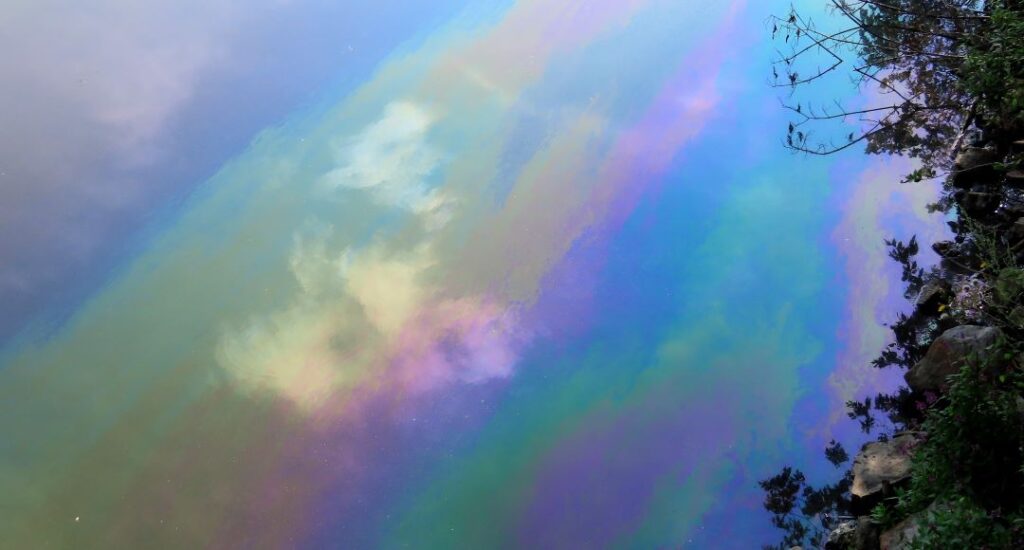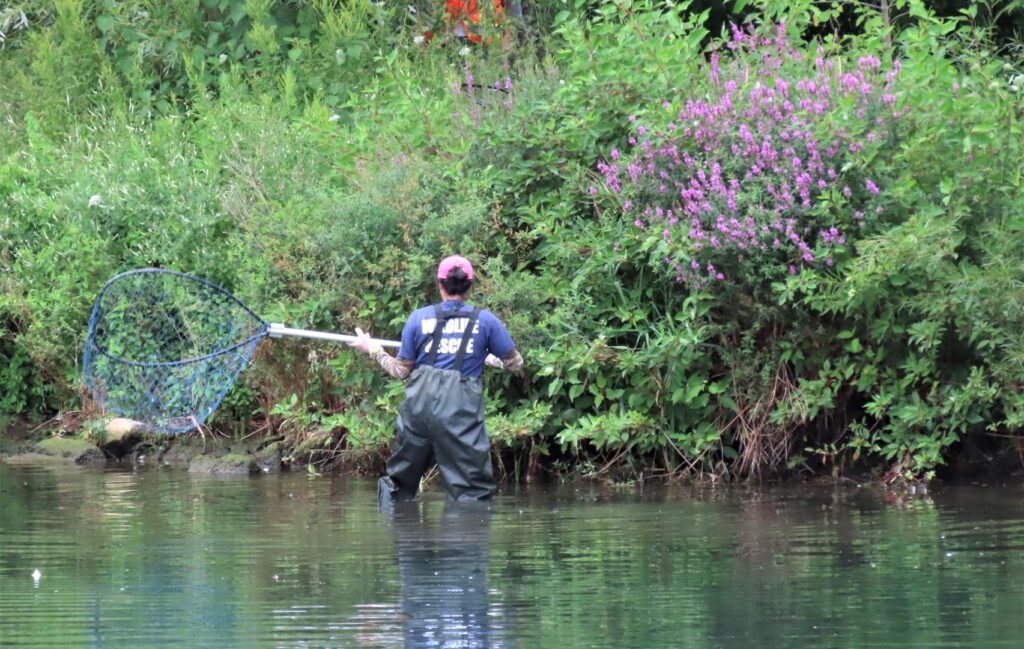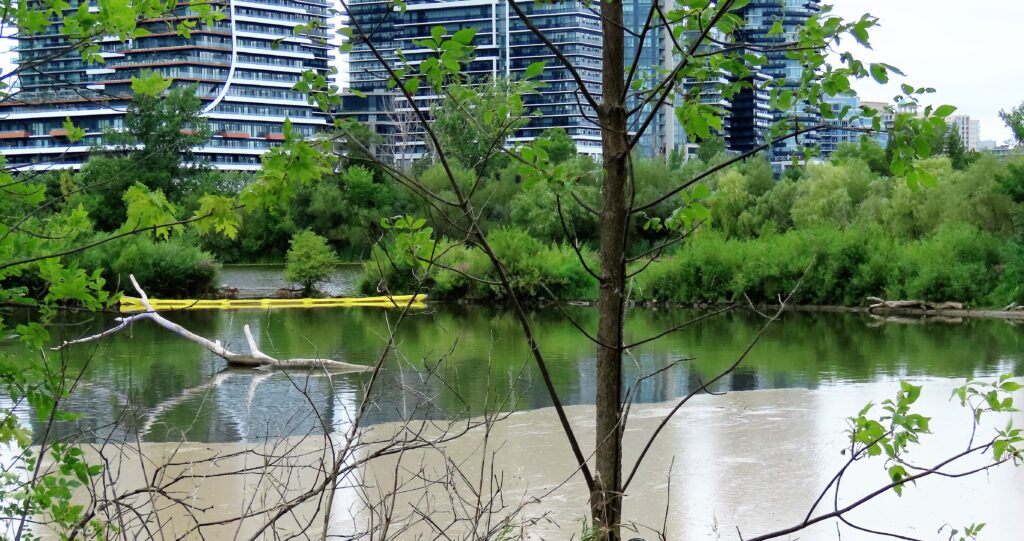It has been a terrible week in Toronto for swans and other waterbirds and indeed, for all wetland wildlife. The chemical fire that started August 11 in north Etobicoke resulted in oily and sludgy runoff in Mimico Creek. That runoff has now made it all the way down the Creek to the mouth of Lake Ontario. A number of government agencies and private contractors have been working 24/7 to contain the spill but there’s no way they can be entirely successful.

Water and wildlife have already been impacted. The amazing, donation-funded Toronto Wildlife Centre (TWC) has been rescuing animals for days, with staff and volunteers working long hours to save as many as they can. At the time of writing TWC has taken in 88 birds. Of the 88, one Cooper’s Hawk and nine mallard ducks could not be saved. The numbers will climb. Mammals drink from the creek and many animals up the food chain eat fish and smaller birds. While those animals may not get coated in the sludge, they will be ingesting the chemicals.
If you see an animal in distress, call TWC’s Wildlife Hotline at (416) 631-0662.

The runoff has now breached the last barrier to the lake. The oil is largely clear, so it is only visible as a rainbow sheen and, thanks to the herculean efforts over the last ten days, less of it is visible in the lake than in the creek. It will be more diluted in the lake as well but that is small comfort. How far-reaching will the impacts be?
The Mute Swan Society is aware that Mimico Creek is home to two pairs of Mute Swans. Both have lost their territory to this disaster because the Creek is contaminated, and five barriers have been erected just south of Lake Shore Blvd. One pair has left and the other moves between an area frighteningly close to the oily creek mouth and the safter open lake but losing their home means they need to find a safe place to stay overnight in a new area where they don’t know the other residents, including predators. This pair has four cygnets and the pen (mother) is moulting, so five of the family of six are flightless, making them even more vulnerable.
For that mother, this comes on the heels of another scare. Last Saturday she got fishing line, a float, and a hook lodged in her foot. TWC came to the rescue again. The tackle was removed Sunday and she was released home to her family on Monday. The runoff wasn’t as far south then, so she had a day of relative safety, only to have their lives threatened again with this disaster.

Humans caused her distress in both instances and in the case of the contamination, humans have created an environmental disaster. Mute Swans are often misrepresented as detrimental to our ecosystems. The irony is painful.
But, but, but…. humans also saved her from the hook, and many are still working to save her and others from the contamination. We applaud the human efforts to clean up the creek. We are ever grateful to TWC for their compassion and hard work rescuing and healing animals who would otherwise be lost. We applaud the Mute Swan Society volunteers who keep a watchful eye over the birds in the creek. And we send sincere thanks to area naturalist Irene Jardine. Last Wednesday she rescued one of the mother’s cygnets from a crevice where he would otherwise have drowned!
Let’s celebrate these human achievements as bright spots in a dark week.

